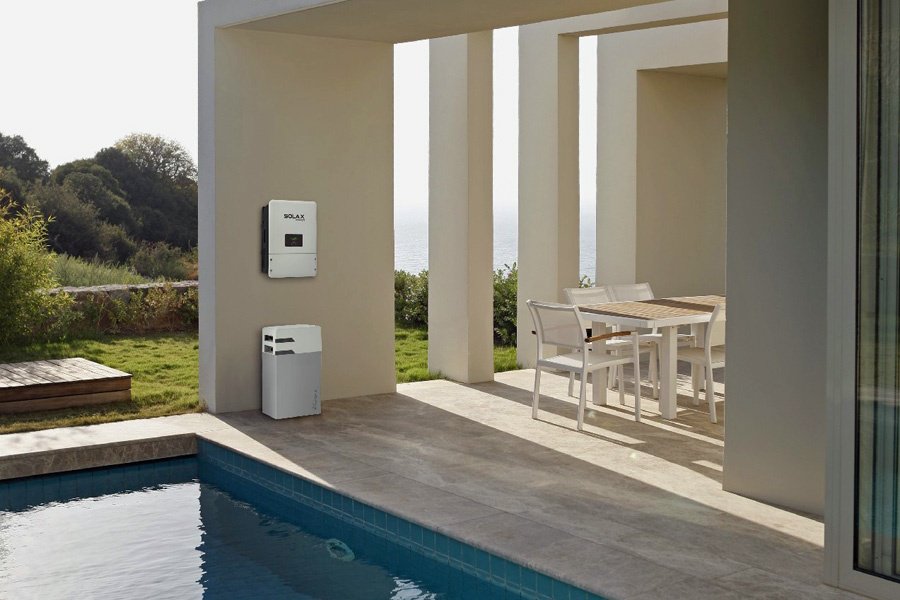Photovoltaic systems for single-family homes reduce electricity-related CO2 emissions of the households by 45%, according to EUPD Research. When a battery is added the CO2 emissions can be reduced by up to 85%.
German-based market and economic research company EuPD Research has conducted an analysis on behalf of German storage manufacturer E3 / DC to determine how much the addition of a home storage system to a residential PV system can reduce CO2 emissions.
The analysis considered the case of a household consuming 4,500 kWh of electricity per year and having installed a photovoltaic system with a capacity of 7.5 kW. Compared with a full grid power supply, the household is claimed to reduce its CO2 emissions by 45% with the solar array only, without taking into account the feed-in of excess solar power. If the system is linked to a battery storage system with a net capacity of 8 KWh, emissions are reduced by 79%. With a capacity of 12 kWh, emissions can be reduced by 85%.
In a second scenario, the analysts assumed that the household also installed a heat pump, which increases its power consumption to 8,300 kWh. Without a home storage system, CO2 emissions fall by 32% with a 7.5 kW system, and by 52% with an 8 kWh storage system.
With a 10 kW PV system and 12 kWh of storage, emissions are reduced by 60%, while with an array of 15 kW linked to 15 kWh of storage result in a 71% reduction.
Finally, the experts added an EV recharging unit to the scenario and found that the household’s electricity consumption reached 9,800 kWh. Without storage, a 7.5 kW photovoltaic system reduces CO2 emissions by just 28%, but with a 15 kW system and a 15 kWh storage system, emissions can be lowered by 69%.
“The increase in the output of photovoltaic modules that has been observable for years already allows system sizes of 10 to 15 kW peak on conventional single-family house roofs,” says Martin Ammon, project manager and managing director of EUPD Research. “A significant increase in the installed solar output in combination with the corresponding storage capacity is the prerequisite for meeting the requirements of the energy transition in the household.”
Read more: pv magazine




